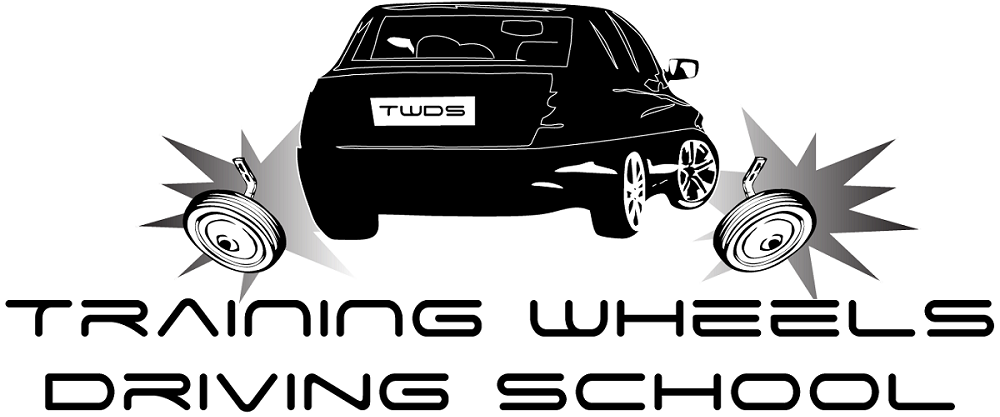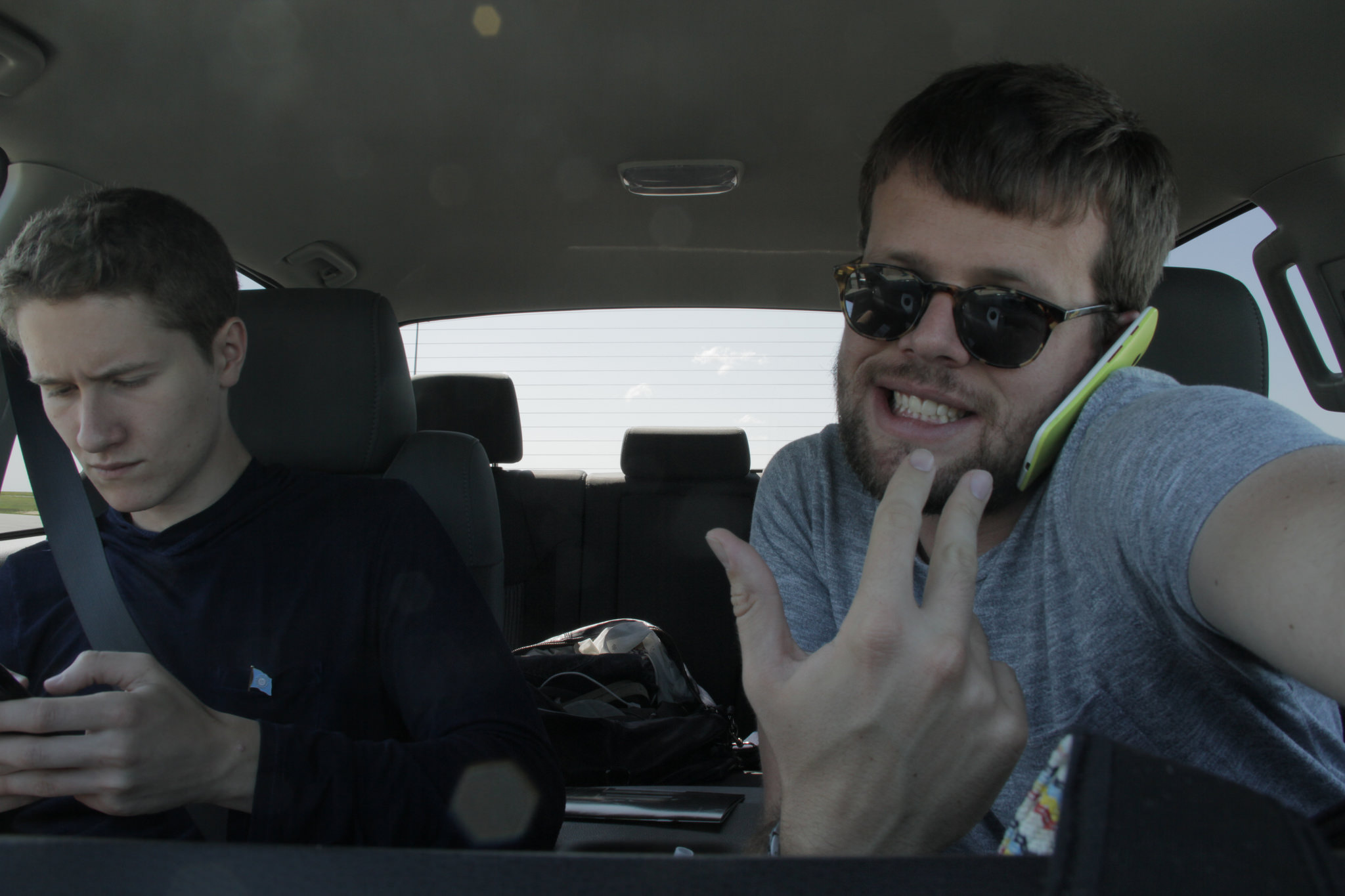Although all drivers are told to never use their cell phones while behind the wheel, there are still countless instances where drivers take a chance and hope they do not cause a fatal accident or destroy property. While many drivers try to claim they can “text responsibly,” there were an estimated 40,200 people killed in motor vehicle accidents in 2016 alone—an increase of six percent since 2015, as per the National Safety Council.
Luckily, there are plenty of techniques drivers can use to keep themselves off their phones while driving. Here are a few of the simple ways you can avoid cell phone use to better protect yourself and others on the road.
Pull Over
If a driver needs to respond to a call immediately, he or she can simply pull the car over and answer the call or call the person back if it’s missed. Possible “cell phone lots” along the road may be hard to come by, but drivers also have the option to pull into parking lots or onto the side of the road (with blinkers running and if there is room). Pay attention to road signs that may indicate safe spaces for pulling over. Pulling into these types of places is much safer than diverting already limited attention toward another task. Multi-tasking may be acceptable for at-home tasks but never in a moving car.
Use Call/Text Blocking Software
In recent years, apps and other software have been developed with the intention of blocking calls or text messages, so that the driver is not tempted to respond. They can also automatically respond to whoever is calling or texting with the message: “I’m driving,” which even the most responsible of drivers are often tempted to send. While drivers need to activate these apps before driving, it at least offers a form of protection without the pressure of responding. There are even some automakers that offer lockout features for keeping drivers from doing complicated tasks, such as plugging destinations into a navigational system, while the car is on the move.
Carpool
If a driver absolutely must conduct business via the phone while behind the wheel, he or she can try teaming up with neighbors or colleagues and carpooling. Drivers drive, and passengers talk while off speakerphone and work, and they can switch roles whenever it becomes necessary. It’s a process that is not unlike having a designated driver—and one that is just as effective. Also, mass transit is another form of “designated driving” cell phone users can take advantage of.
Think you or someone you know is in need of Behind the Wheel Training? Training Wheels is a Northfield driving school specializing in teaching new teen drivers how to stay safe on the road. For more information on our lessons, please click here.

